Linux Tip: Using visudo to Avoid Costly Mistakes
Linux Tip: Use visudo to Edit the sudoers File to Avoid Costly Mistakes This article will show you how to use visudo to edit the sudoers file to grant root access to users – and protect against making mistakes that could lock you out of your Linux system forever. What is the sudoers File? The sudoers file defines which users have access to the sudo command on Linux systems. The file is located at: /etc/sudoers …and it looks like this: # # This file MUST be edited with the ‘visudo’ command as root. # # … Read more


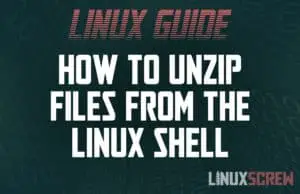
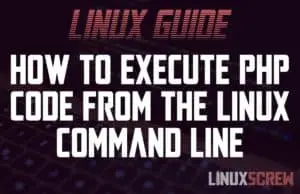
![Bash Scripts Set Environmental Variables with EXPORT [HowTo] 4 Bash Set/Export Environmental Variable](https://cd.linuxscrew.com/wp-content/uploads/2021/09/bash-set-environmental-variable-feature-300x194.jpg)
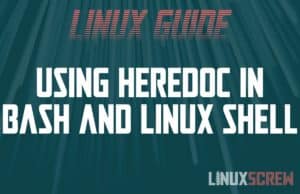
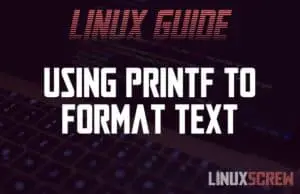
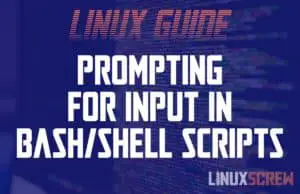
![How To Run Commands in the Background [Linux/Ubuntu] 8 Linux Ubuntu Run Command in Background](https://cd.linuxscrew.com/wp-content/uploads/2021/07/linux-run-command-in-background-feature-300x194.jpg)

